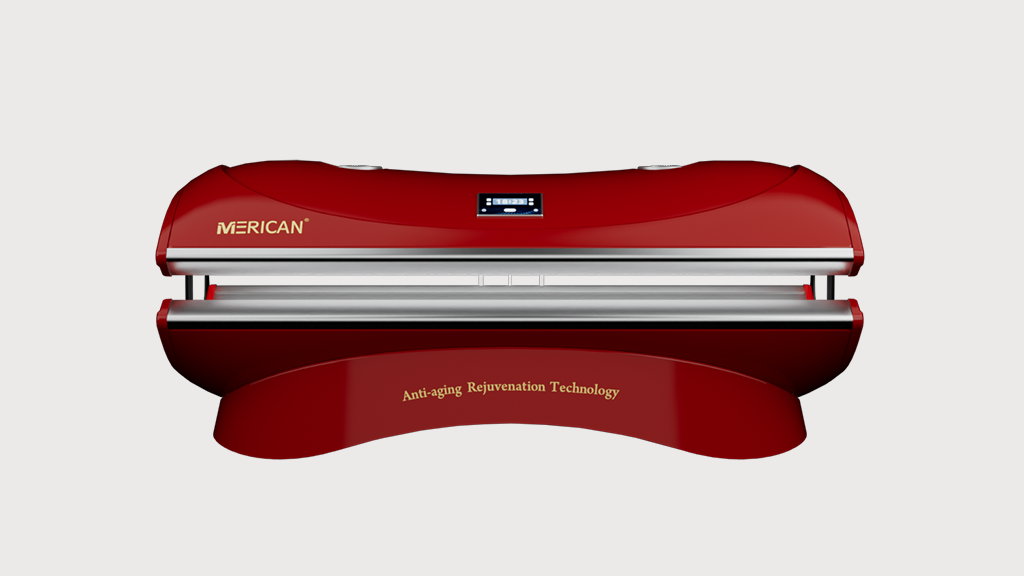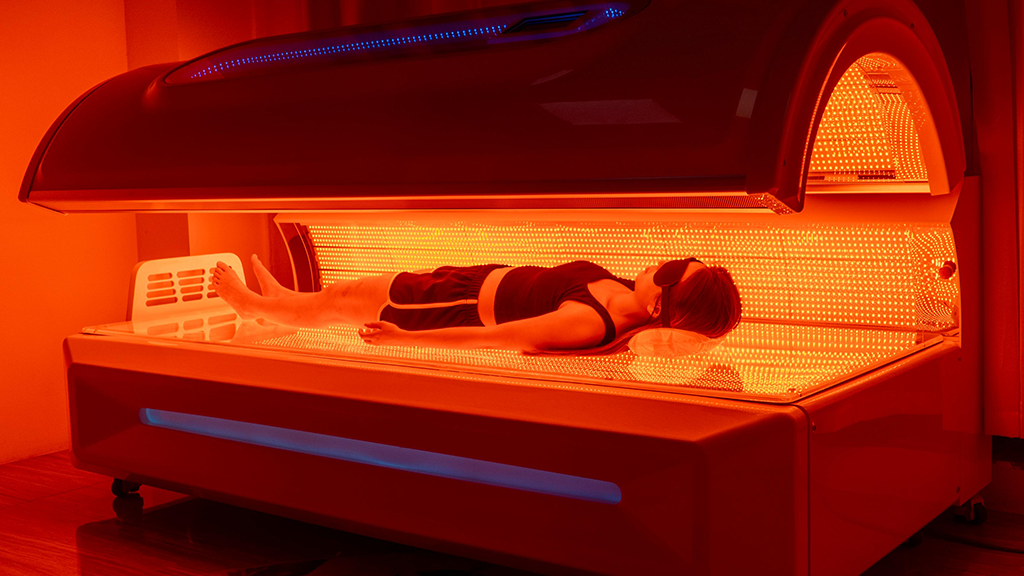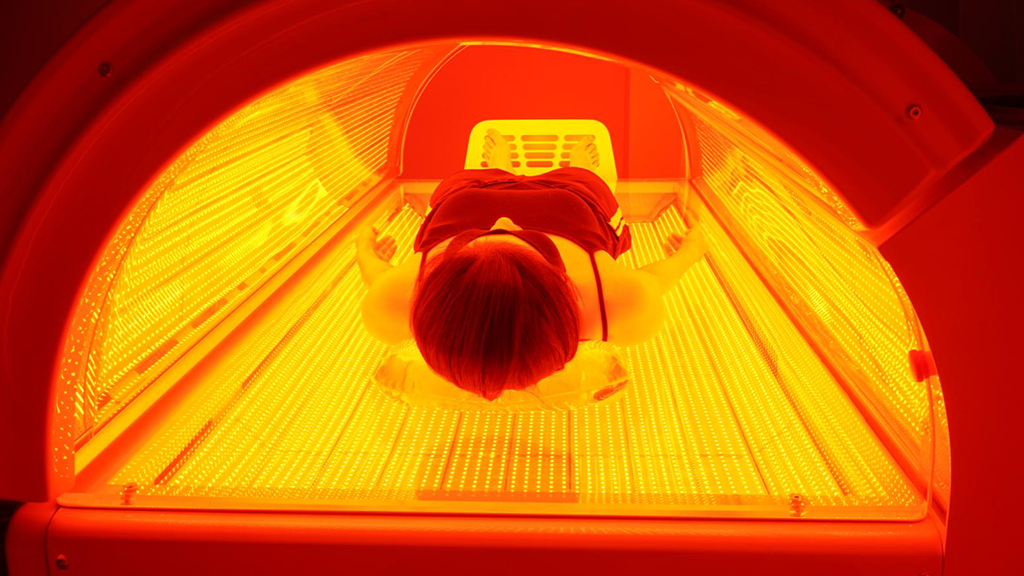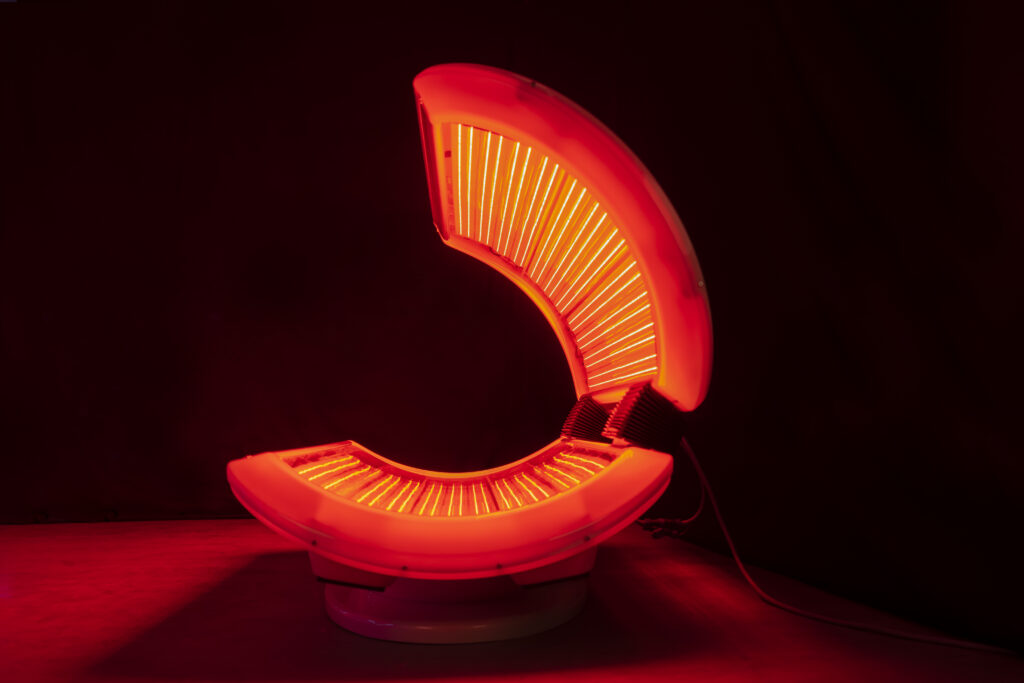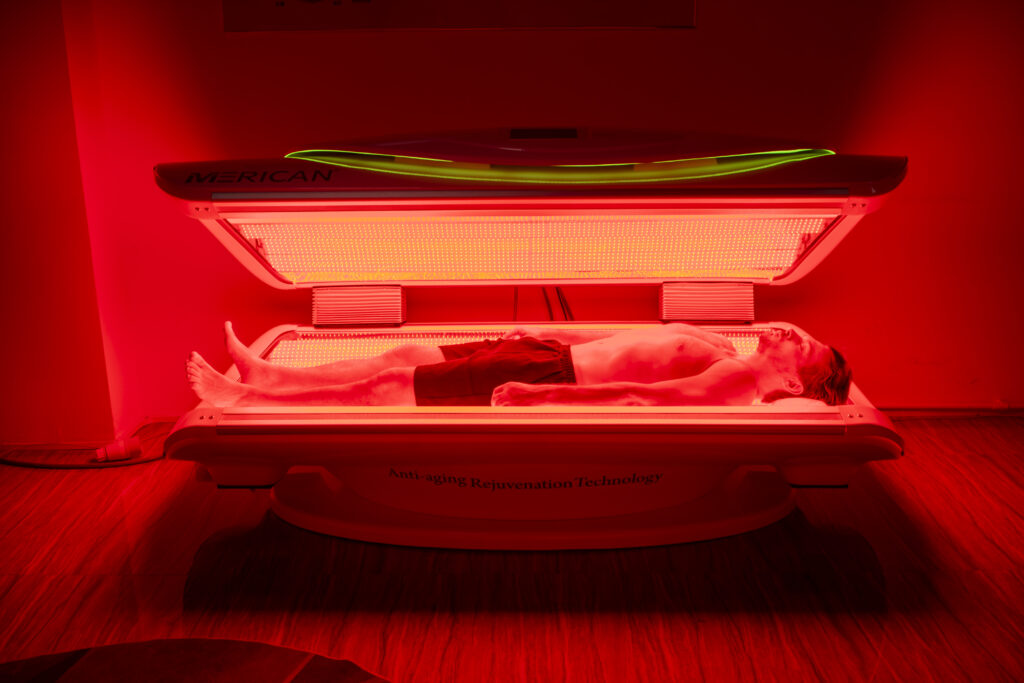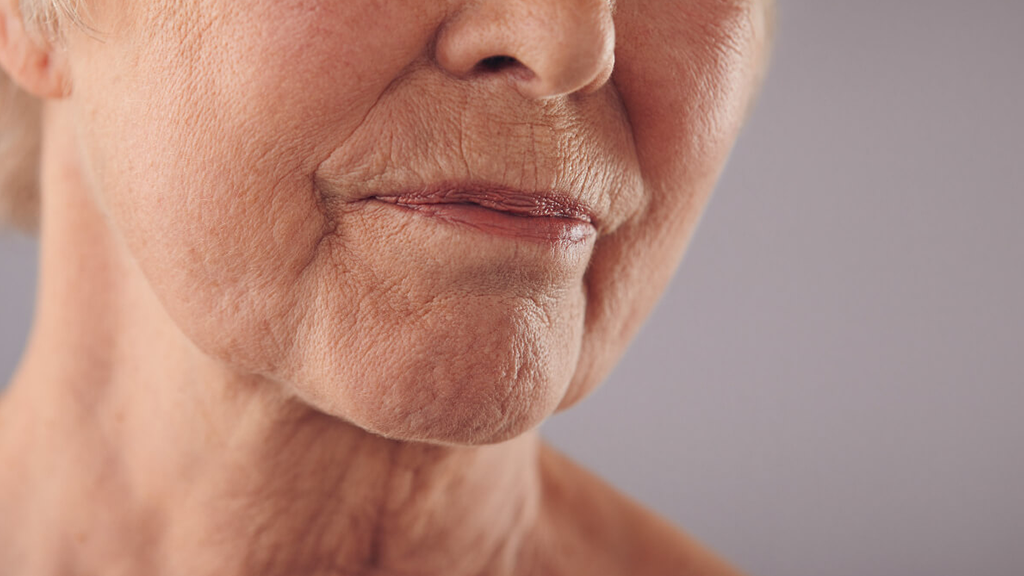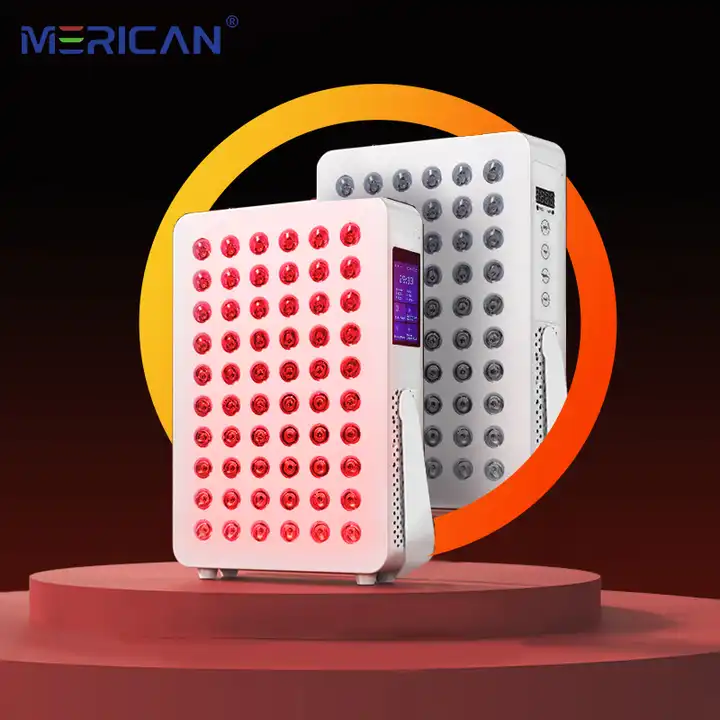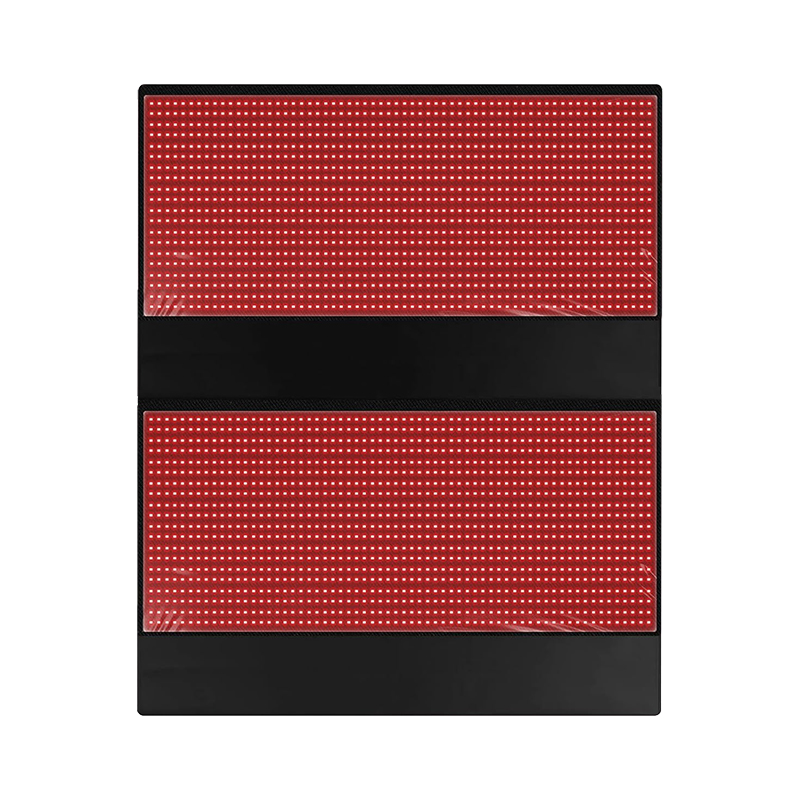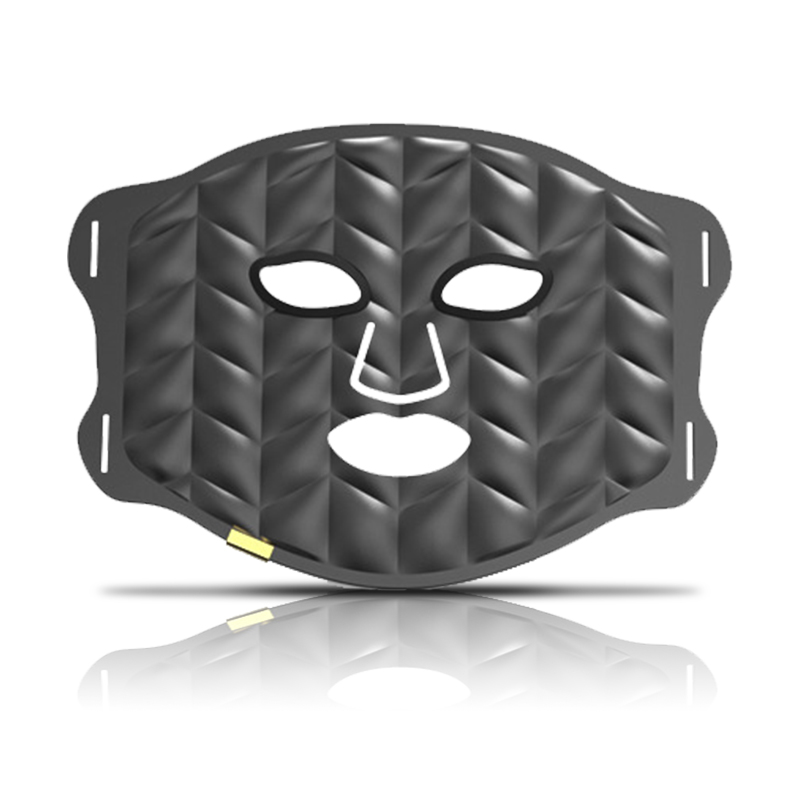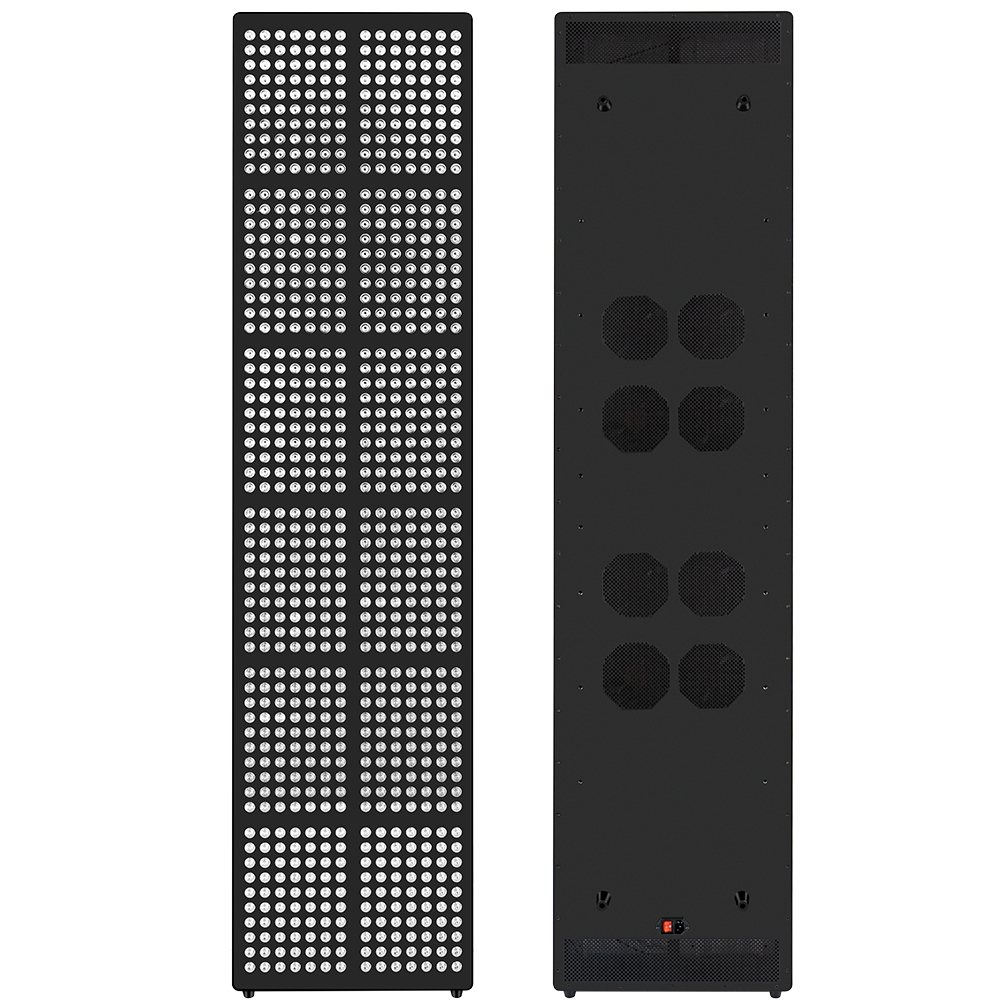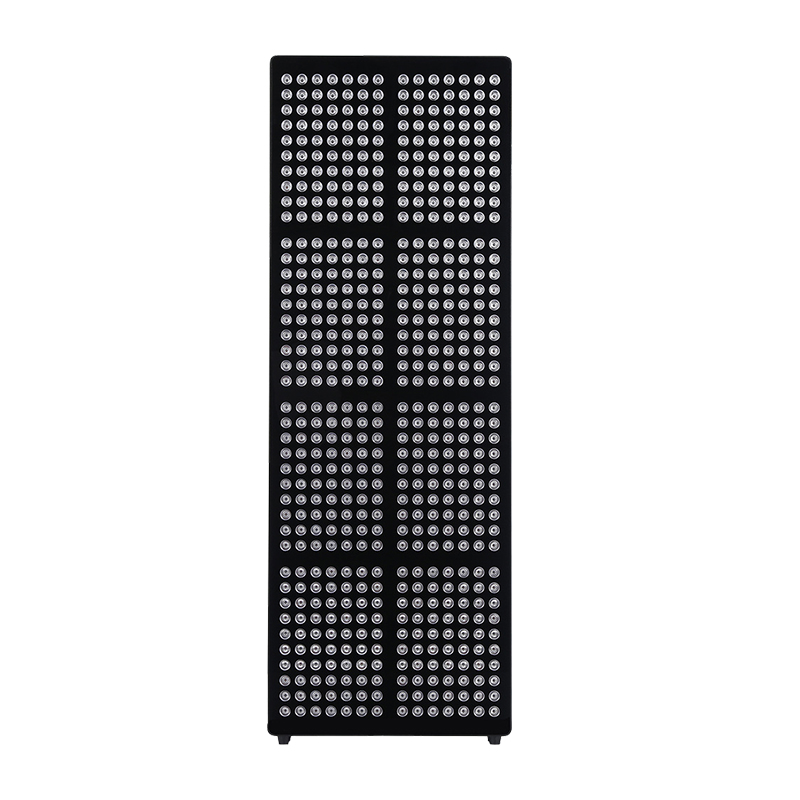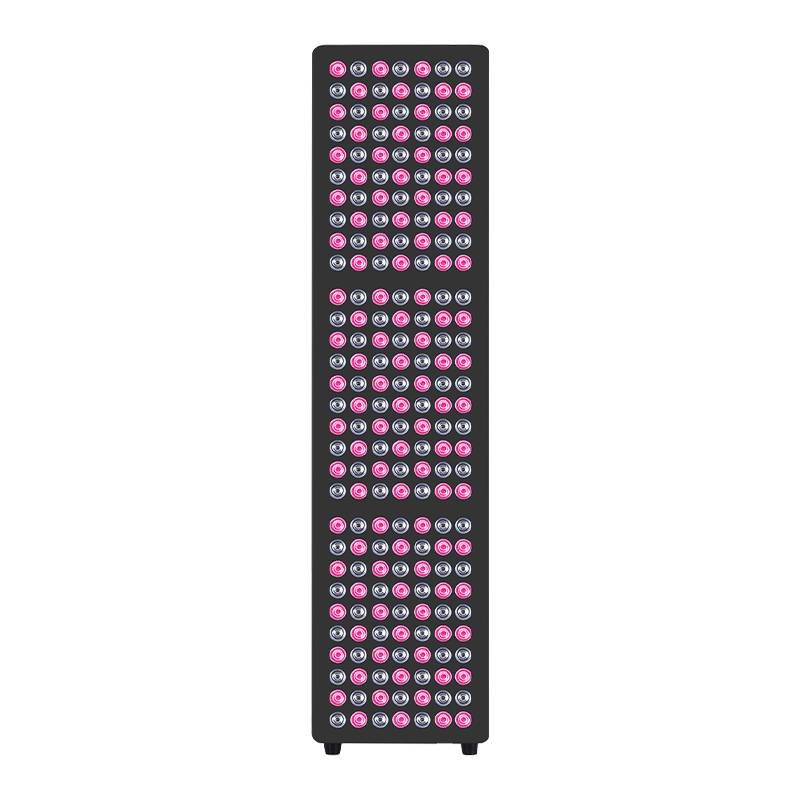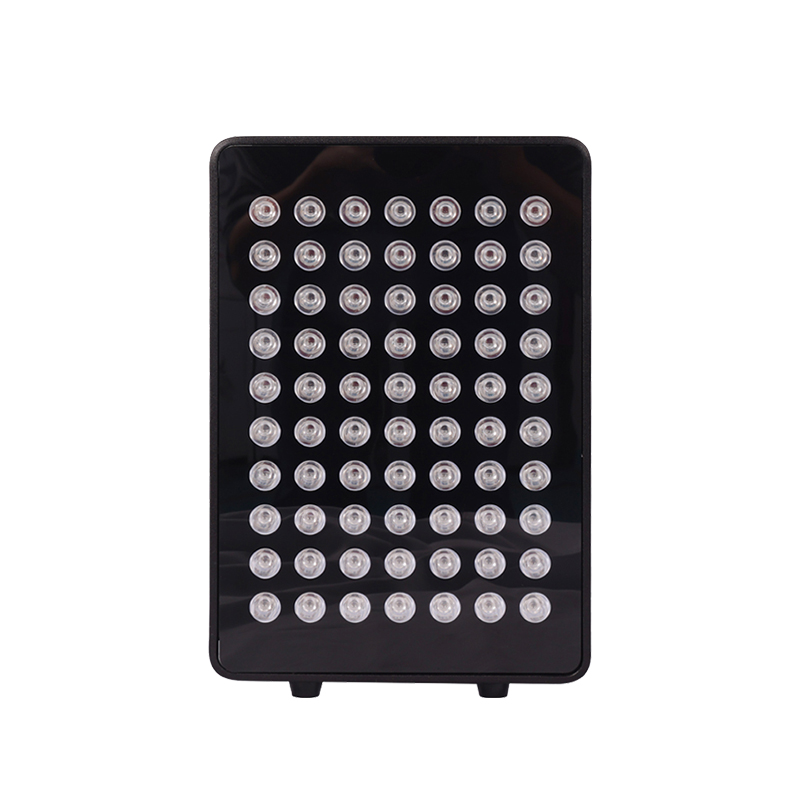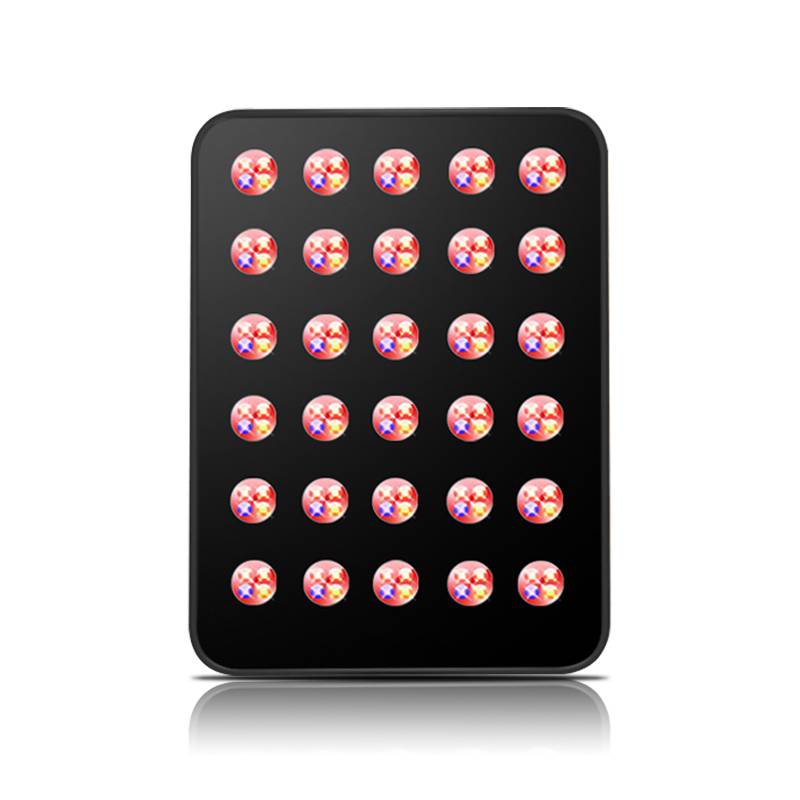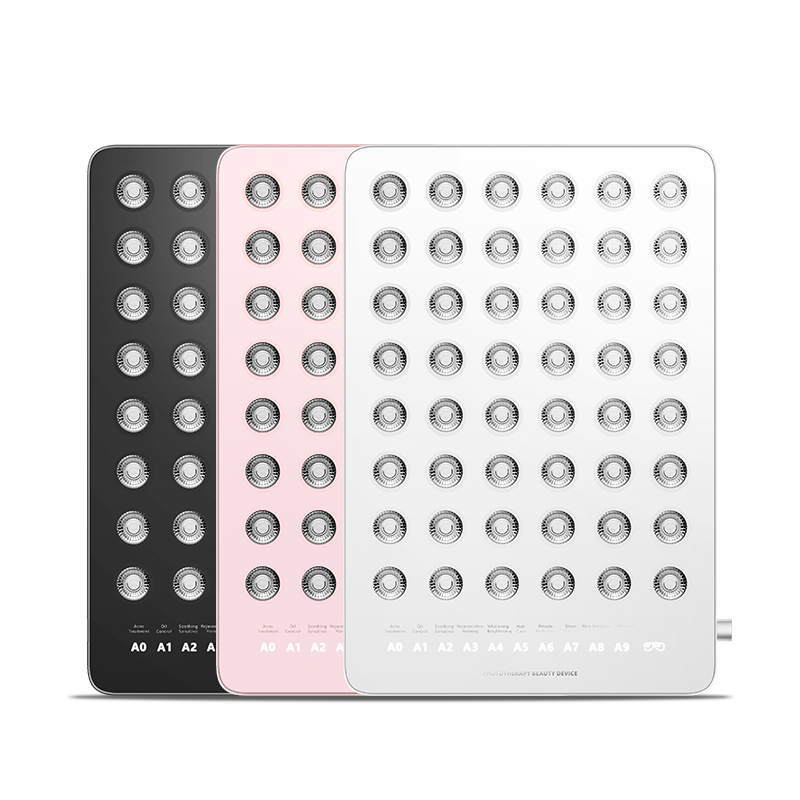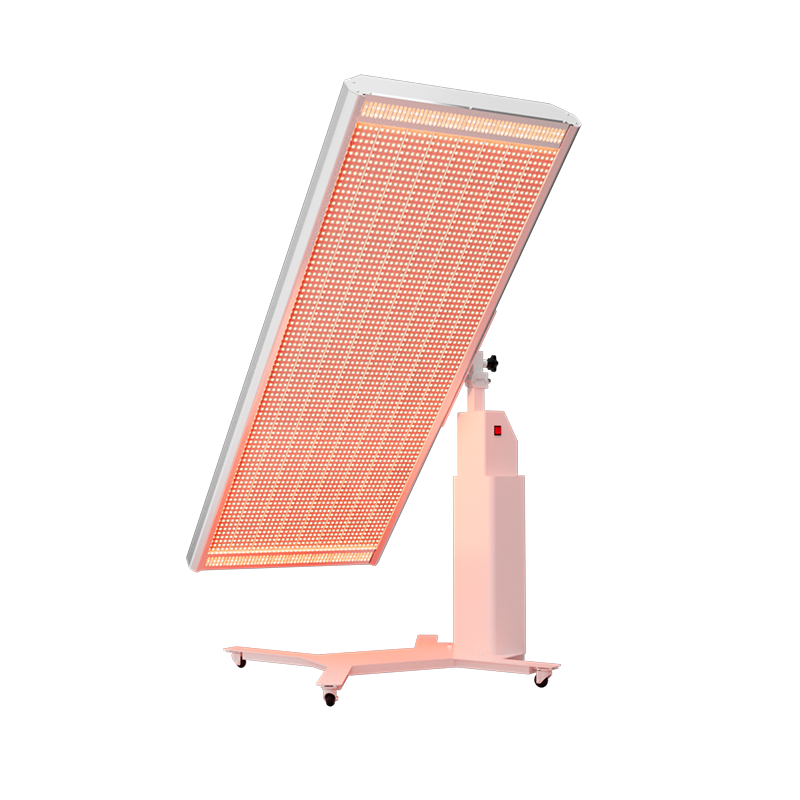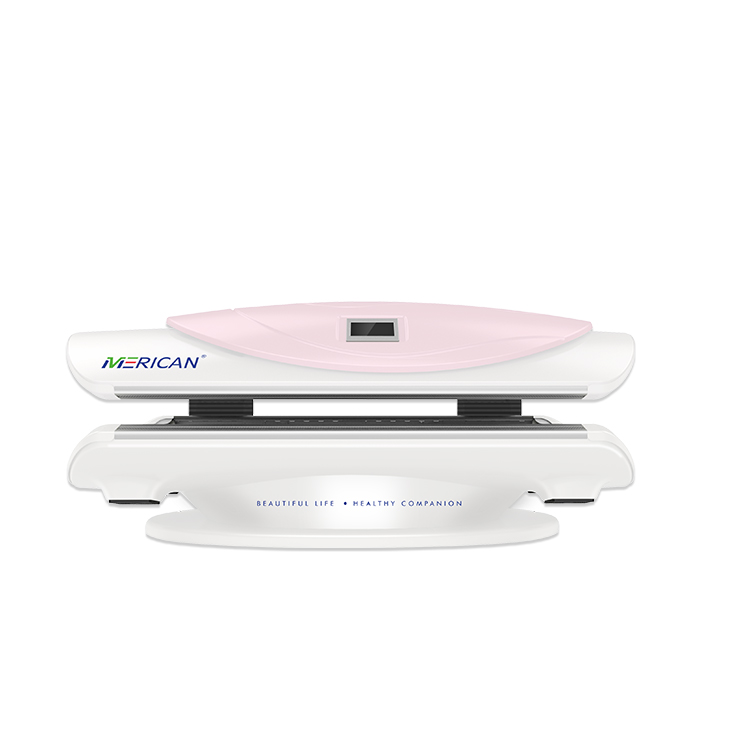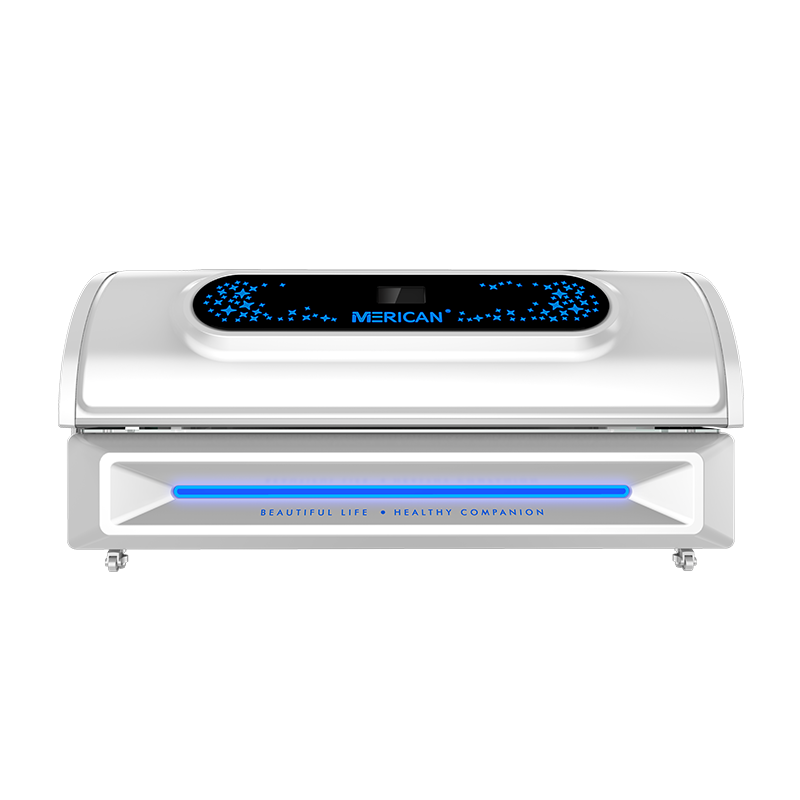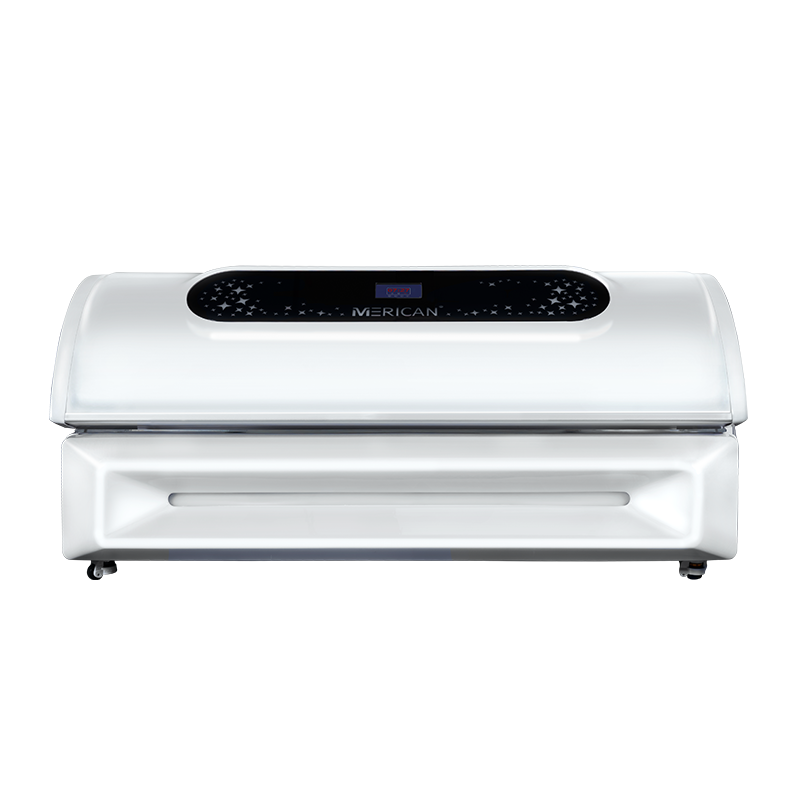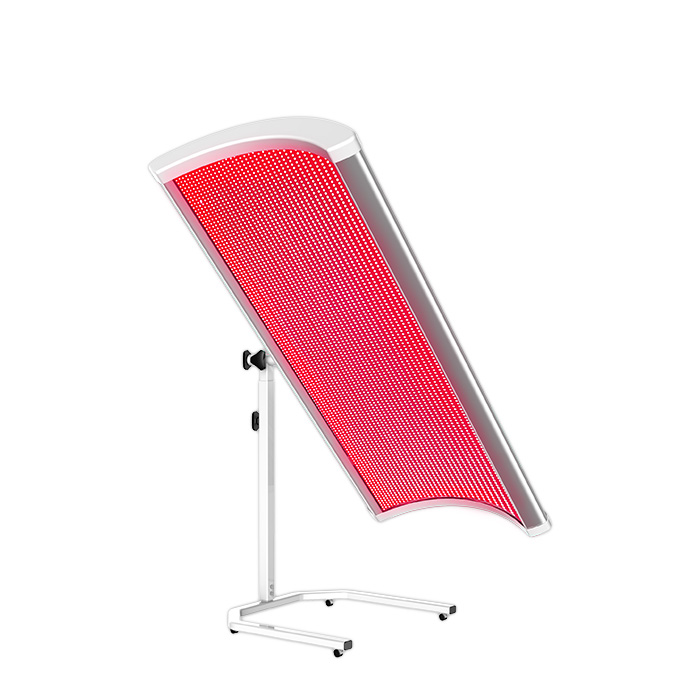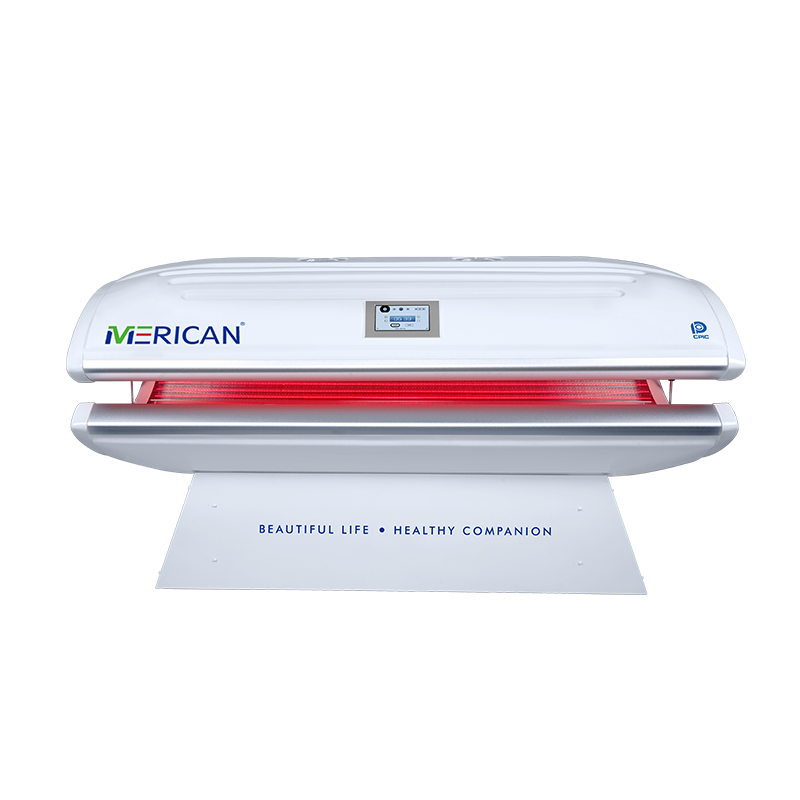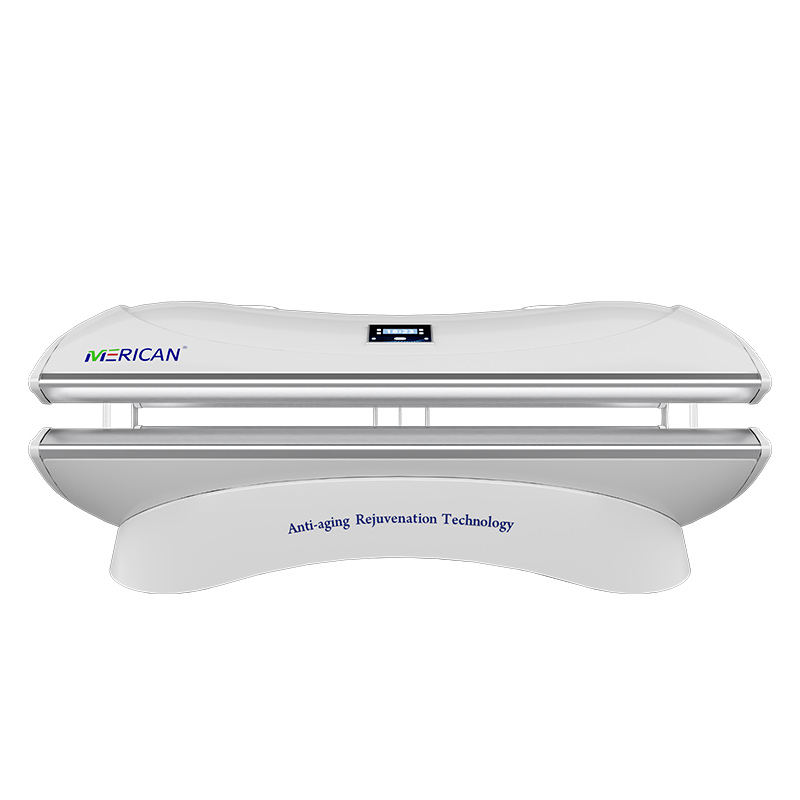Stroke is a life-altering event, often leaving victims with long-term physical, cognitive, and emotional challenges. While traditional rehabilitation is the cornerstone of recovery, emerging technologies are offering new hope. One of the most promising adjunctive therapies is레드 라이트 테라피 (RLT), 광생체변조(Photobiomodulation)라고도 알려져 있음 (PBM).
But is it truly good for stroke victims? A growing body of scientific evidence suggests that this non-invasive, drug-free treatment can be a powerful tool for healing the brain and restoring function.
How Does Red Light Therapy Work on the Brain?
The science behind RLT is both fascinating and grounded in cellular biology. The therapy uses specific wavelengths of red and near-infrared light (일반적으로 600-850 nm) that are able to penetrate through the skull and reach the brain tissue.
When these light photons are absorbed by the mitochondria—the “powerplants” of our cells—they trigger a series of beneficial reactions:
- Boosted Cellular Energy (ATP): The light enhances the mitochondria’s efficiency, leading to a significant increase in Adenosine Triphosphate (ATP) 생산. This gives damaged brain cells the energy they desperately need to repair and survive.
- 염증 감소: Stroke triggers a severe inflammatory response that can cause secondary damage. RLT has potent anti-inflammatory effects, calming this harmful process.
- Increased Blood Flow: It stimulates the formation of new blood vessels (angiogenesis), improving circulation and delivering more oxygen and nutrients to the affected brain areas.
- Activation of Neuroprotective Pathways: The therapy helps activate protective mechanisms within brain cells, making them more resilient to damage.
The Key Benefits of Red Light Therapy for Stroke Victims
By acting at the cellular level, RLT translates into tangible, real-world benefits for stroke survivors:
- Enhanced Neuroplasticity: This is the brain’s remarkable ability to rewire itself. By energizing neurons, RLT supports the creation of new neural pathways, which is the foundation for relearning skills like movement and speech.
- Improved Motor Function: Studies have shown that patients using RLT, particularly when combined with physical therapy, can experience greater improvements in arm and hand function, walking speed, and overall coordination.
- Cognitive and Mood Support: The anti-inflammatory and energizing effects can help alleviate post-stroke fatigue, “뇌 안개,” 그리고 우울증, leading to a better mood and sharper mental clarity.
- Protection Against Future Damage: The treatment’s neuroprotective qualities can help shield the brain from further degeneration, potentially lowering the risk of a subsequent stroke.
How is Red Light Therapy Administered for Stroke?
For brain-related benefits, treatment typically involves using a specialized device—often a helmet or a panel—that delivers near-infrared light directly to the scalp. Sessions are short (대개 10-20 분), 통증이 없는, and can be done in a clinic or, 적절한 안내와 함께, 집에서.
Crucial Note: Before starting any red light therapy regimen, it isessential for a stroke victim to consult with their neurologist or rehabilitation specialist. They can advise on the suitability, timing, and safest approach for your specific condition.
결론: A Bright Future for Recovery
While not a standalone cure, red light therapy represents a groundbreaking shift in stroke rehabilitation. It moves beyond just managing symptoms to actively promoting healing from within the brain’s very cells. For stroke victims and their families seeking every possible advantage on the road to recovery, red light therapy shines as a safe, 비 침습적, and profoundly hopeful option.

